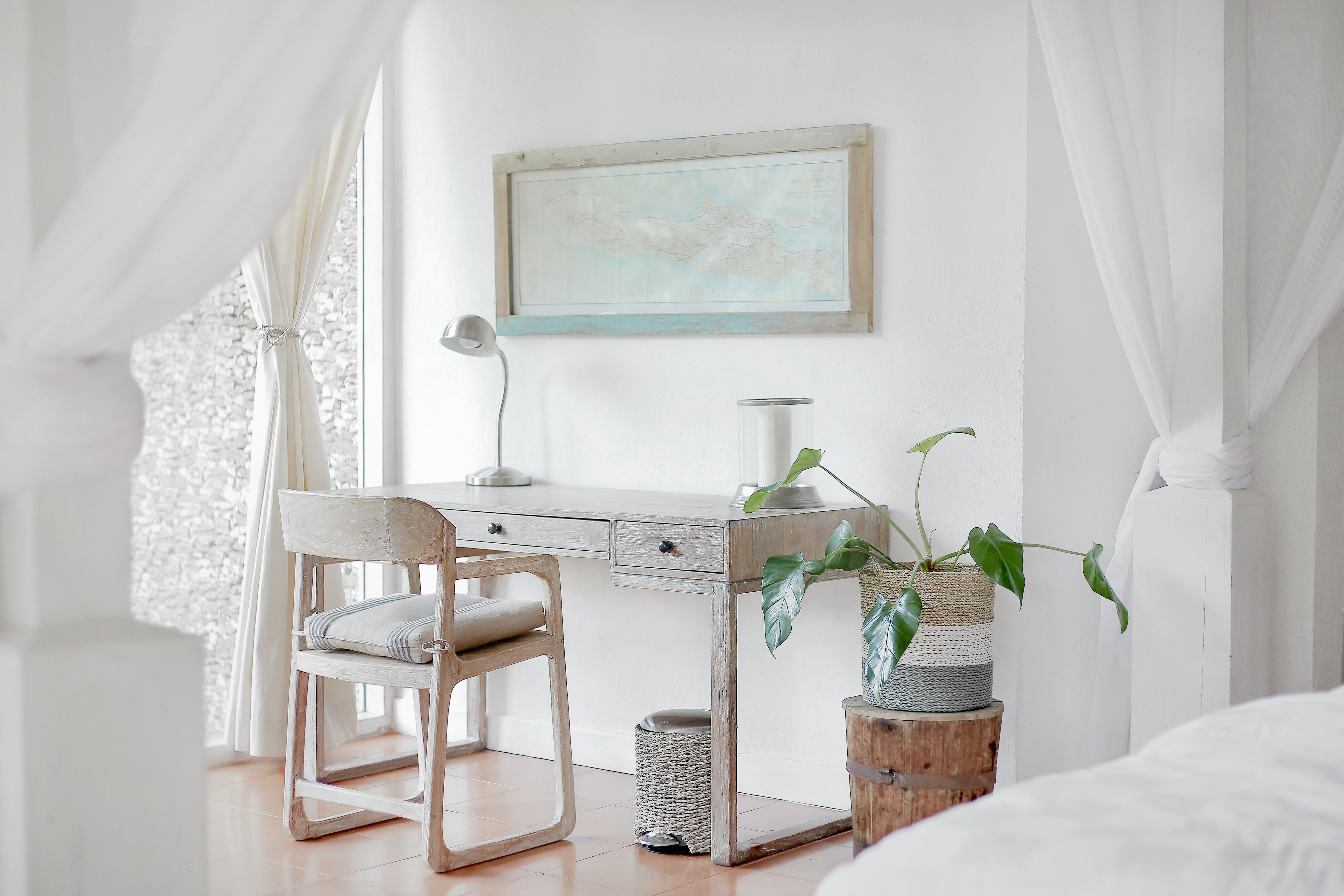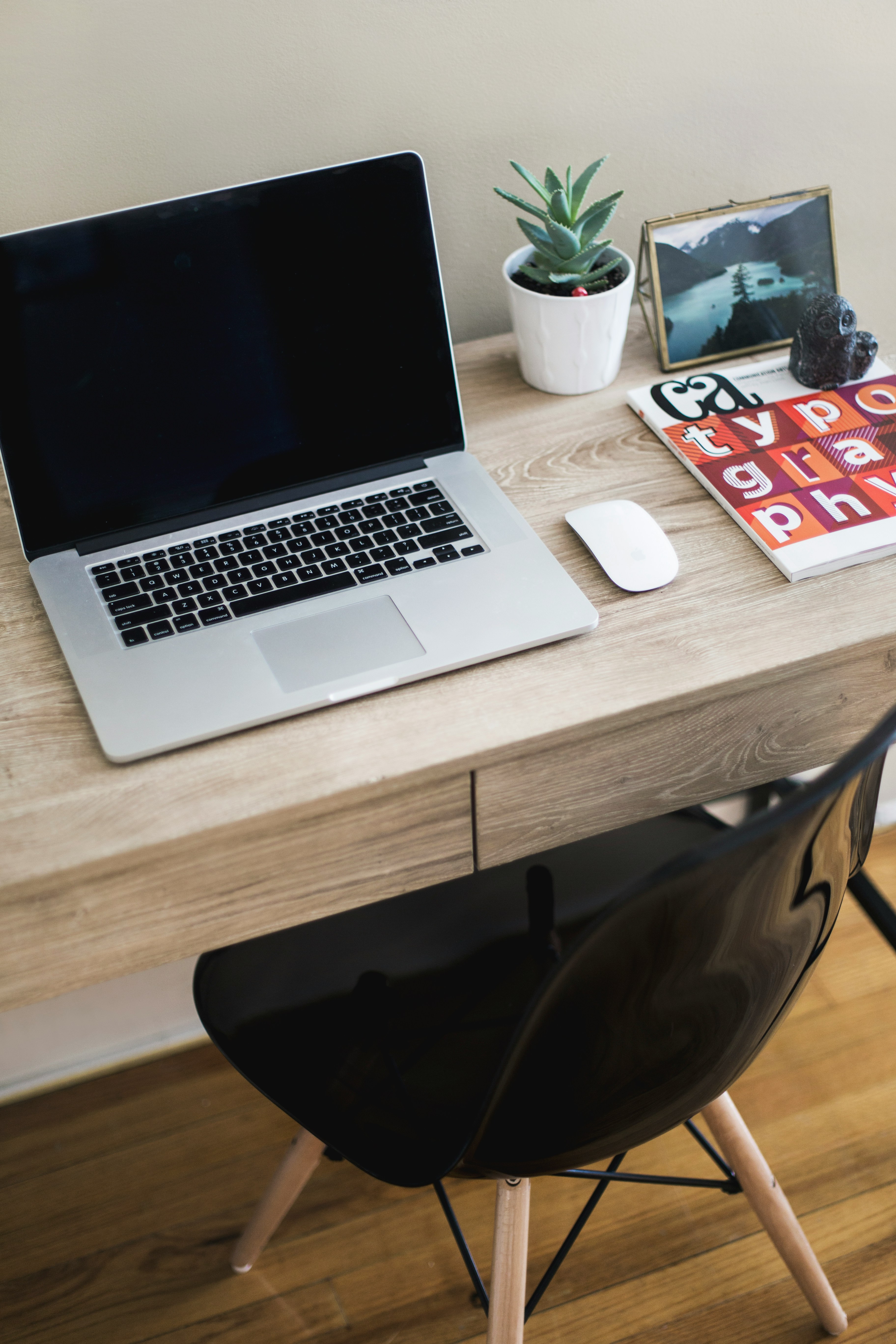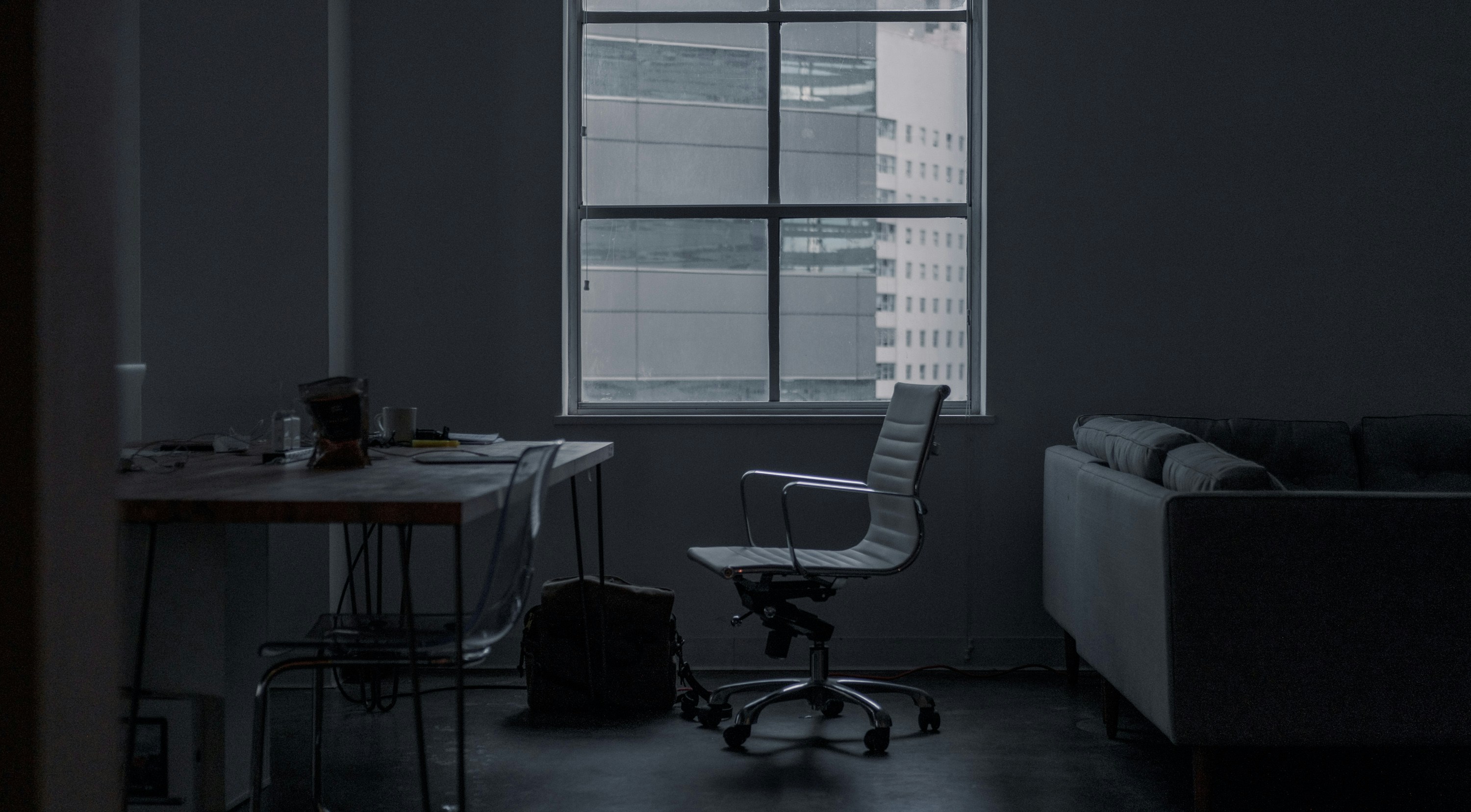How to set up an affordable home office

Working from home can be an exciting prospect: you cut down on unnecessary commute time, there’s relative flexibility in your waking and sleeping hours, you can make time for chores without having to file for a leave.
But there are challenges too: there are persistent distractions and chores to attend to and the flexibility that you like can turn counterproductive. It is important to put your work tent at a place in the home where you can minimize such distractions and hustle hard for your work. The way you set up your home office defines the tone of your work and your work efficiency. It is important to get it right. At the same time, it is important to achieve this within a reasonable budget. The exercise of decorating a well-equipped home office should not have to break your bank balance.
Thankfully, you don’t need to invest a lot of money or time into designing your home office with these tips:
Define the space

The first step in creating an affordable home office is to define the space that your office will be in. Once your work space is well-defined, you'll only go around shopping for your work corner. Otherwise, you might find yourself making unnecessary purchases with the excuse that those furniture pieces or fittings ‘might’ suit the office.
In fact, one of the most crucial ways of saving money while setting up your home office is by making use of empty spaces. You just need to have an eye for the right space and a knack for filling interstices. Have unused closet space? Space under the stairs? Near the kitchen? In the alley leading to the storeroom? Unused or underutilized spaces can be transformed into super-functional home offices if revamped rightly. Make creative use of nooks.
Make use of the stuff you already have

You don’t need to go around hunting for wire trays or desk lamps or shelves. Instead of buying new furniture, you can rearrange the furniture and accessories already in your home. If your garage or store room has paintings or cupboards or storage boxes that haven’t been put to use, now is the time to dust them off and let them shine. The only thing you’d need to worry about is the storage of your home office, which you can tend to by either getting a new storage cabinet or building one that fits the space you have to work with. You can even use the old kitchen chair and repurpose it for a professional look.
Box it up
Used boxes that your deliveries come in are going to be crucial importance when it comes to running a home office on a budget. Boxes can be easily painted over or wrapped. Boxes can be placed flexibly within your office space. And you can store whatever you like in the boxes. It keeps the aesthetics and your wallet intact. Pro tip: have a labelling system so you can stay organized in your shelving and storing.
Recycle
Apply the principles of recycling to save on the expenses that will inevitably come about. For example, you can consider using an old flower pot or an old mug or a jar as a pen holder. This reduces the expenses of purchasing a bland, plastic patterned holder. You can reuse boxes from old deliveries and parcels as filing systems or storage containers.
Shop at flea markets & garage sales
When setting up your home office on a tight budget, consider shopping around for furniture at thrift stores, estate or garage sales happening around you. Head over to the flea markets to get good deals on quality second-hand furniture and accessories.
Source stationary from wholesalers

The principle that you applied to your furniture also applies to your regular stationery and office supplies like paper, pens, filing cabinets, and bulletin boards – find ways to get those at a cheaper rate, without compromising on the quality. Take full advantage of any offers, promotions, discounts you can get.
Indulge in some DIY

Before you decide to buy any of the above things, ask yourself, ‘Do I have the raw materials to build it on my own?’. Chances are you have some pieces of used furniture or storage drawers or stackable shelves that just need to be repurposed. Absolutely refrain from buying plastic accessories like wall clocks, pen holders, and filing containers. A little DIY and your trash can be transformed into useful office accessories. Get your building tools out, put your creative hats on and get hammering!
Use creative alternatives
Instead of buying a fancy calendar and to-do lists every month/year, get yourself a magnetic memo pad. It works like a whiteboard and you can write your to-do lists, dates you need to remember etc., using it again and again with your whiteboard marker and eraser. A one-time investment will save you a lot of money in office supplies. Alternatively, you can get erasable boards and put them together against a wall on a wall grid made of steel mesh.
Keep distractions at bay

People are often tempted to add some recreational element to the office for unwinding. Tools to unwind are great, except in the case of a home office, this can quickly backfire. It is possible that you are considering adding a television or a reading nook within the office space. But these can quickly become distractions as working remotely comes with increased susceptibility to procrastination. Instead, have a separate nook in the home where you have these recreational devices and books etc, where you can unwind. Getting out of the office will also help you get a much-needed change of space and freshen up your mind to get back to work. Making your office too comfortable with a couch and a refrigerator will not be in anyone’s best interests, especially if you want to be productive and actually get things done. Don’t say we didn’t warn you!
Make the best use of your home office, draw inspiration from it and stay productive without poking a hole in your pockets.
.jpg)

